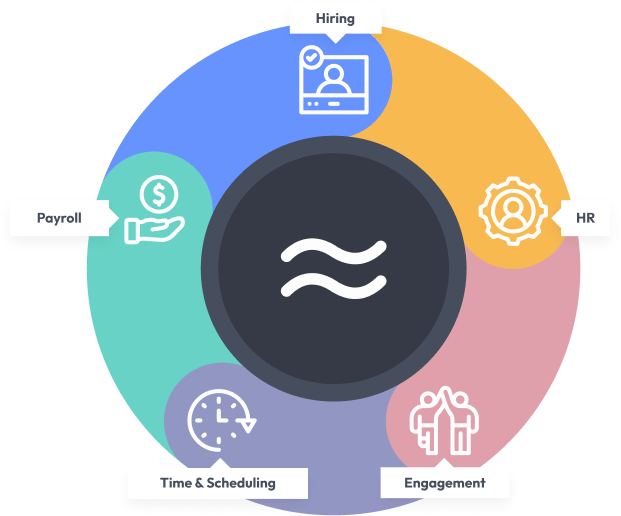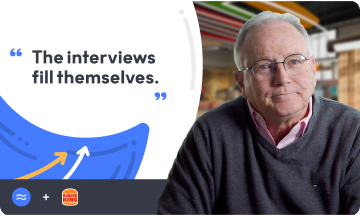How to Hire Utility Workers: A Practical Guide for Small Businesses
If you’ve ever tried to hire utility workers for your business, you know it’s a bit like hunting for that one wrench you swear you left in the toolbox—frustrating, time-consuming, and oddly satisfying when you finally get it right. Utility workers keep the lights on, the water running, and the trash out—literally. Whether you run a restaurant, a franchise, or a local shop, finding reliable staff for these essential roles is critical. But how do you recruit utility workers who stick around and actually enjoy the job? Let’s break it down, and maybe wander off on a few helpful tangents along the way.
Understanding the Role: Why Hiring Utility Workers Matters
The Backbone of Facilities Maintenance
Utility workers are the unsung heroes of facilities maintenance. They handle tasks ranging from basic repairs to keeping your business compliant with health and safety standards. If you’ve ever had a pipe burst on a Saturday night or a power outage during lunch rush, you know exactly how valuable a skilled utility worker can be.
What Makes a Good Utility Worker?
- Reliability and punctuality (because nobody wants a no-show when the AC breaks in July)
- Technical skills—think basic plumbing, electrical, and general handyman know-how
- Flexibility to handle a variety of tasks, from cleaning to equipment maintenance
- Strong communication and teamwork skills
Honestly, it’s a tall order, but the right person can make all the difference. For more on the qualities to look for, check out these key traits of top-performing managers—many apply to utility staff, too.
Where to Find and Recruit Utility Workers
Modern Recruitment Channels
Gone are the days when a “Help Wanted” sign in the window did the trick. Today, you need to meet candidates where they are—often online. Platforms like Indeed and Instagram are surprisingly effective for hourly and utility roles. And don’t forget about Craigslist, which still pulls in a solid crowd for local positions.
For a more streamlined approach, consider using a hiring automation platform like Workstream. It automates job postings, screens candidates, and even schedules interviews—saving you hours each week. This is especially handy when you’re juggling a dozen other tasks, like most small business owners.
Writing Job Descriptions That Attract the Right Talent
Let’s be real: “Utility Worker Needed” isn’t going to cut it. Highlight what makes your business unique and what you offer—flexible schedules, growth opportunities, or even something as simple as free coffee. For inspiration, check out these job posting examples and tips for calling out benefits in your descriptions.
And don’t underestimate the power of benefits. According to DoorDash’s report on benefits and retention, perks like health insurance or paid time off can dramatically improve recruitment and retention, even for hourly roles.
Screening and Interviewing: The Human Touch
Screening for utility workers isn’t just about ticking boxes. Use motivational interviewing techniques and cultural fit questions to gauge attitude and reliability. Remember, you can train for skills, but you can’t teach someone to care.
Reducing Turnover: Keeping Your Utility Workers Engaged
Why Turnover Hurts (and How to Stop It)
High turnover is a budget-buster. According to industry research, losing a single front-line employee can cost your business thousands in lost productivity and retraining. For restaurants and franchises, this is especially true—see the Michelin Guide’s deep dive on the impact of turnover.
So, how do you keep your utility workers happy? Here’s a quick list:
- Offer competitive pay—check out what top companies are paying
- Provide clear paths for advancement
- Recognize and reward good work (a simple “thank you” goes a long way)
- Give them the tools and training they need—see onboarding templates for ideas
And if you’re curious, here’s how one fast-food chain keeps turnover rates low—hint: it’s all about culture and training.
Compliance and Recordkeeping: Don’t Skip the Boring Stuff
It’s not glamorous, but keeping accurate records is a must. The U.S. Department of Labor spells out what you need to track, from hours worked to wages paid. Mess this up, and you could face fines or lawsuits—nobody wants that headache. Workstream’s platform helps automate compliance and document storage, so you can focus on running your business, not shuffling paperwork.
Facilities Maintenance Hiring: Practical Tips and Common Pitfalls
What to Watch Out For
When you hire maintenance staff, it’s easy to overlook soft skills. Sure, you want someone who can fix a leaky faucet, but you also need someone who communicates well and fits your team culture. If you ignore this, you risk friction and, eventually, turnover. For more on this, check out research on job satisfaction and turnover.
Another pitfall? Rushing the process. Fast hiring can lead to bad hires, which cost more in the long run. Use a structured process—like the one in these onboarding do’s and don’ts—to avoid costly mistakes.
Leveraging Technology for Smarter Hiring
Let’s face it: technology can be your best friend. Platforms like Workstream help automate everything from posting jobs to scheduling interviews and onboarding. In fact, businesses using Workstream have cut their time-to-hire and turnover rates in half—not too shabby, right?
If you’re still on the fence, see how a Dunkin’ franchisee improved hiring and applicant experience with automation. Or, for a broader look, check out restaurant hiring tips and free job posting site recommendations.
Conclusion: Building a Strong Utility Workforce
Hiring utility workers isn’t rocket science, but it does require a thoughtful approach. Focus on clear job descriptions, modern recruitment channels, and a structured interview process. Don’t neglect onboarding, training, or compliance. And above all, treat your utility workers like the essential team members they are—because, if you ask me, they’re the glue that holds your business together, even if you don’t always see them.
Ready to make hiring easier? Learn more about Workstream’s platform or check out these resources:






